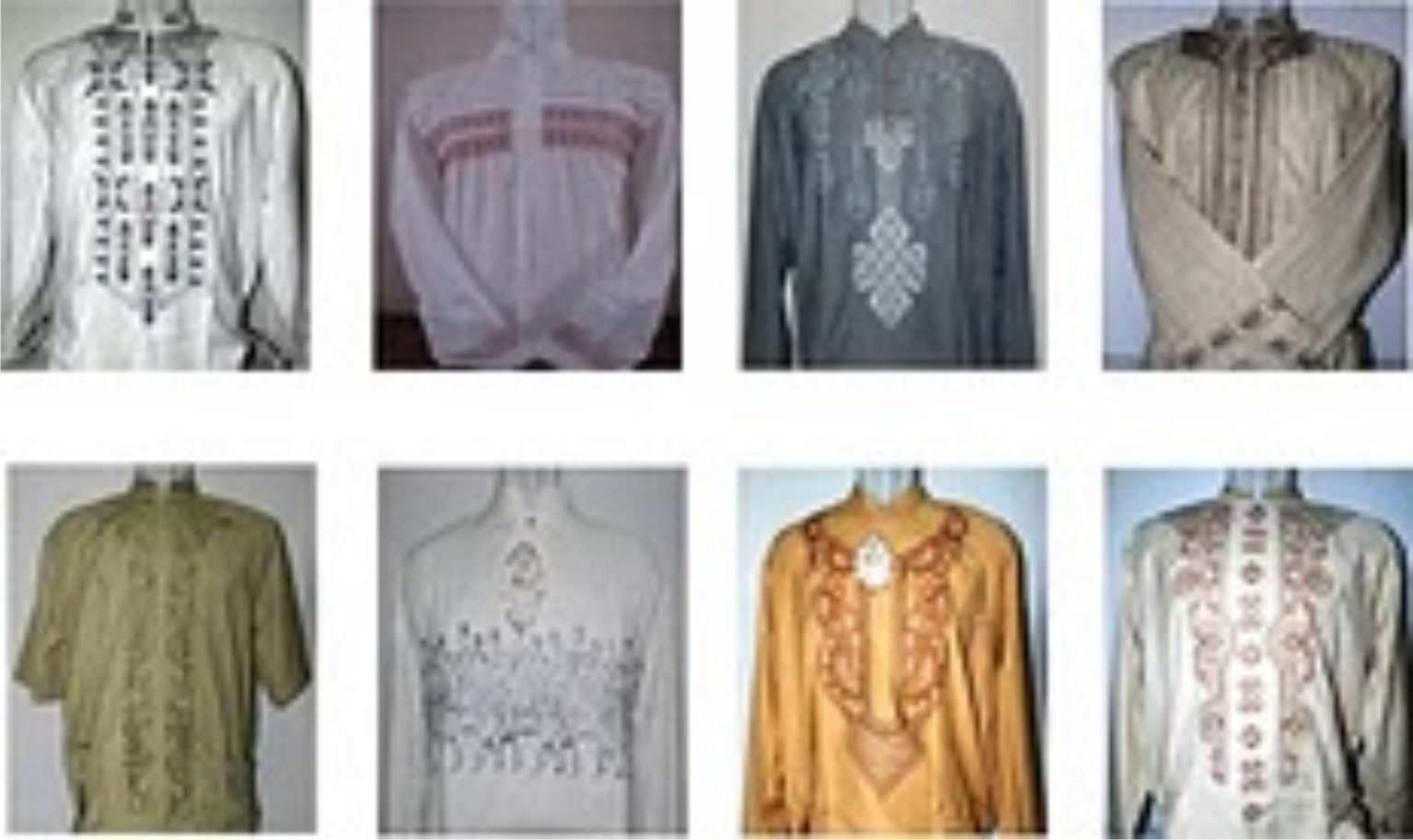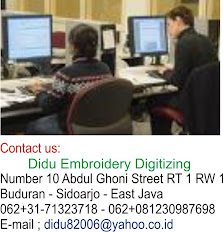Choosing Needles For Your Knitting Project
Posted on 7:21 AM | By Didu | In Embroidery Machine , embroidery needle , fabric , thread
Knitting is an art from using yarn or thread to create various pieces of cloth ranging from sweaters and blankets to gloves and socks. With the use of loops and stitches strung between two needles, the cloth takes shape both by hand and by machine. Different products are made by using various types of yarn and needles, thus creating many colors, textures, and sizes.
There are several things to consider when using knitting needles as well. Wider needles will produce larger loops and stitches while smaller ones will give a tighter, more compact stitch.
You will find that knitting needles are generally made out of four common materials, those being metal, wood, plastic, and bamboo. The wood and bamboo needles are rougher, therefore offering more traction and ensuring you are less likely to drop stitches. Metals needles are great for smooth, quick knitting as the yarn will slide much easier over the surface.
Straight needles are most often used for flat knitting such as blankets or scarves. They produce straight, even rows. Circular knitting needles, long and flexible with a double point, are used for flat or circular knitting. Straight double-pointed needles are also used for circular knitting but used to achieve a smaller tube such as for a collar or sock.
There you may also store something known as a needle gauge which will help you determine the size of each knitting needle.
Executive Summery by E. Sullivan























